Asian flowers are some of the most enduring and popular blooms out there. It is evident from the number of Asian flowers tattoo and Asian flowers drawings that adorn people’s skins and homes.
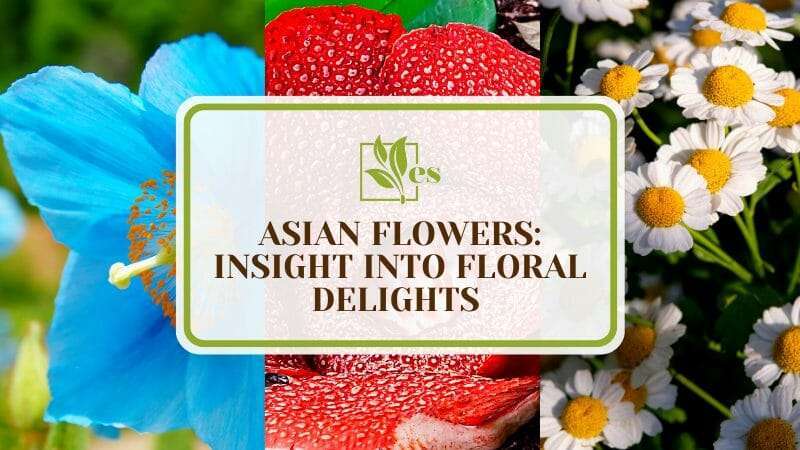
Through this article, we will discover and have a deeper look at the different types of blossoms that we love and their Asian flowers symbolism.
JUMP TO TOPIC
- Types of Asian Flowers
- 1. Cherry Blossom
- 2. Chinese Rose
- 3. Lotus Flower
- 4. Peony Flower
- 5. Plum Blossom
- 6. Siamese Tulip
- 7. Orchid
- 8. Frangipani
- 9. Chrysanthemum
- 10. Dillenia
- 11. Romdul
- 12. Hibiscus
- 13. Arabian Jasmine
- 14. Azalea
- 15. Osmanthus
- 16. Cassia Fistula Linn
- 17. Titan Arum
- 18. Kousa Dogwood
- 19. Pitcher Plant
- 20. Japanese Toad Lily
- 21. Torch Ginger
- 22. Water Lily
- 23. Himalayan Blue Poppy
- 24. Rafflesia
- 25. Black Iris
- 26. Cyclamen
- 27. Tulip
- 28. Magnolia
- 29. Padauk
- 30. Chamomile
Types of Asian Flowers
Asian blossoms are some of the most remarkable blossoms in the world. Ranging from delicate blooms to magnificent flowers, we can always find one to love. Here are five of our favorite types of flowers that come from Asia.
1. Cherry Blossom
There is nothing more synonymous with Japan than cherry blossoms of the Rosaceae family in the Asian culture, they are known as the Sakura tree. These delicate blooms cover the trees during springtime.
The world’s obsession with these Prunus genus tree blossoms has come to a point where a festival was made to honor the springtime occasion.
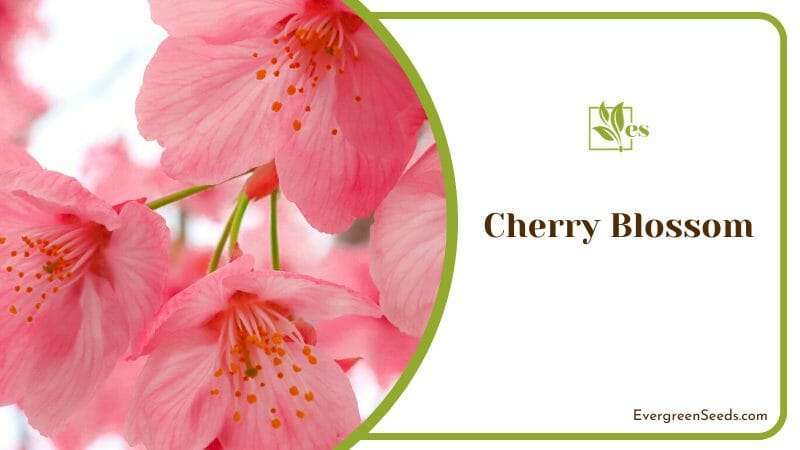
These festivals tend to attract thousands of tourists from all over the world wishing to view this extraordinary event.
Nonetheless, this tree is significant because the blossoms rain all over Japan with small pink and white flowers for about two weeks. This means that cherry blossoms tend to appear around the end of March or the start of April for a very short time. Different varieties tend to bloom differently, though most begin during these periods.
2. Chinese Rose
The Chinese Rose is called by different names such as Rosa chinensis, and Bengal Rose. These look almost just like any regular rose, except that these Chinese flowers are shorter with flatter upper thorns with small hook tips, and their petal opens up fully.
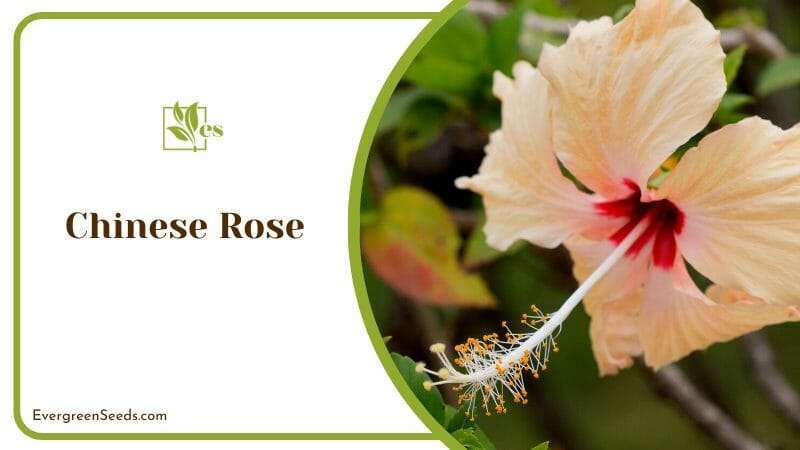
Overall, these plants are smaller due to their natural evolution over the years. Even with its diminutive size, this Asian flower still smells particularly fragrant.
3. Lotus Flower
The lotus is a sacred plant in India and it is one of the few South Asian flowers with deep spiritual meanings. The lotus plant is an aquatic plant with wonderfully large leaves that are round.
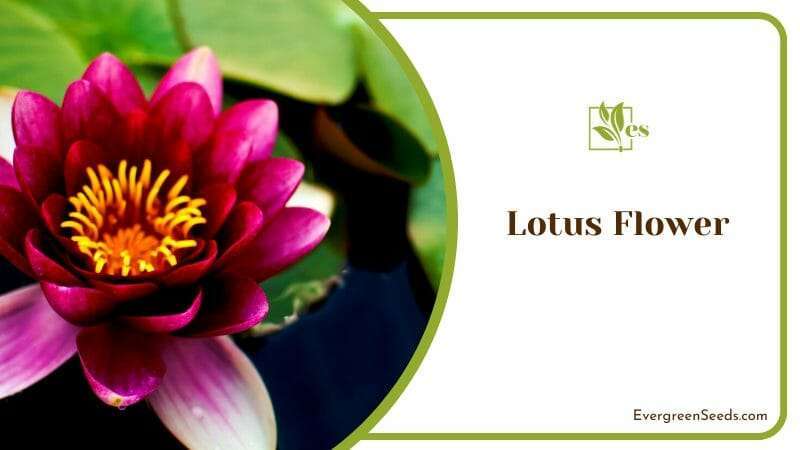
The lotus flower comes in all kinds of colors, from vivid pinks to pastel lavender to pure white. These flowers evoke serenity and peace, making them perfect plants for many ponds, hence all over the zen culture of Asia, these flowers can be seen. Many people also use water lilies instead of lotus flowers.
4. Peony Flower
The big bountiful bloom of a peony flower is an outrageous sight to behold. The lush, plump, and showy flowers make them highly popular for floral arrangements and bridal bouquets.
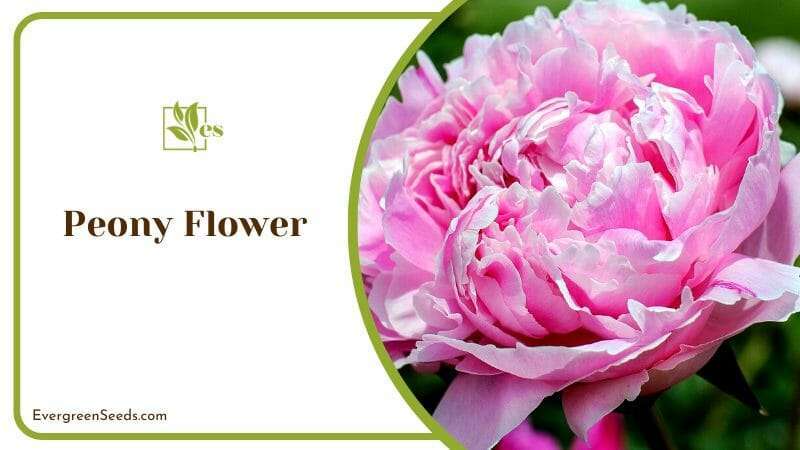
Elegant yet decadent, peonies seem to be an exciting contrast between simplicity and opulence.
5. Plum Blossom
The plum blossom is the national flower of China. It looks incredibly similar to cherry flowers except for one key difference. The petals of the blossom are rounder, while others have petals that are elongated.
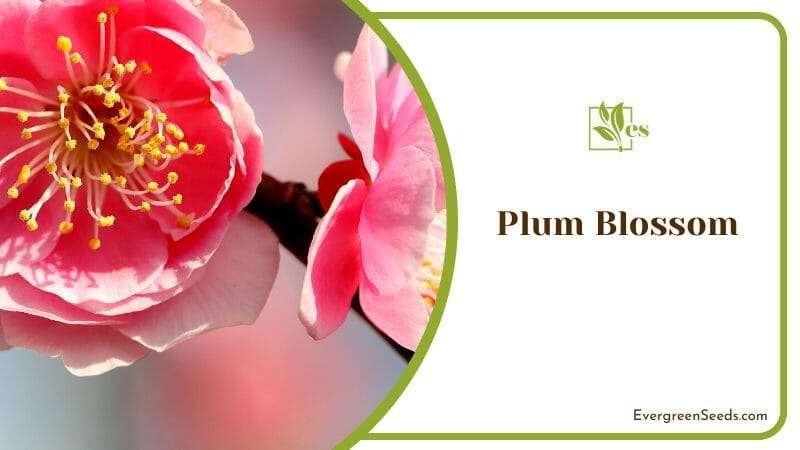
This flower is loved in the culture because in the midst of heavy winter time, it still blooms and resists the harshness of the weather. These trees have been in China for a long time, and they are still existing because they endure all conditions.
6. Siamese Tulip
This plant is very popular in the southeastern parts of Asia, especially in Thailand. This is because Siam was the old name of present-day Thailand. Siamese tulips are recognized through their leafy stems and deep purple flowers. Normally, the Siamese tulip blooms between June and August, which leads to a sudden explosion of colorful blooms.
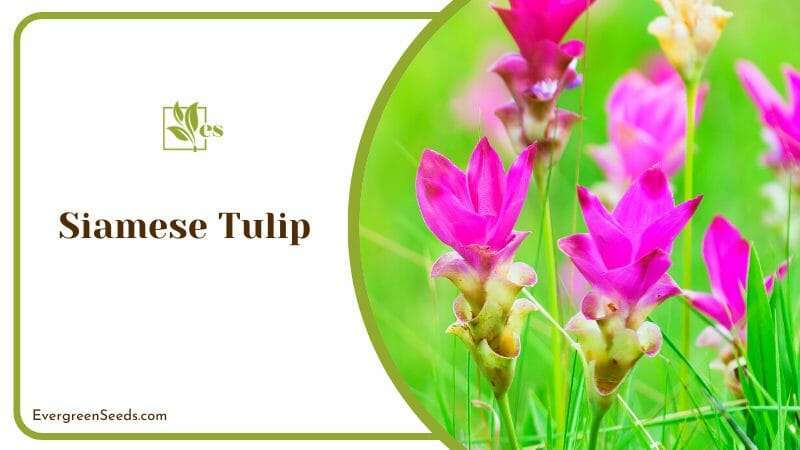
In Thailand, this flower symbolizes beauty, love, prosperity, and new growth. In other cultures, the Siamese tulip is beloved for its grace and unique appearance. It’s no wonder that gardeners from neighboring Asian countries grow these in their gardens for luck.
7. Orchid
Orchids come in all sizes, shapes, colors, and growing habits. Most orchids are native to Asia as they thrive in warm, humid environments, such as forests and swamps. Orchids, such as Phalaenopsis Gigantea orchid, do equally well in less tropical countries, especially when they are given the right growing conditions to encourage their optimal growth.
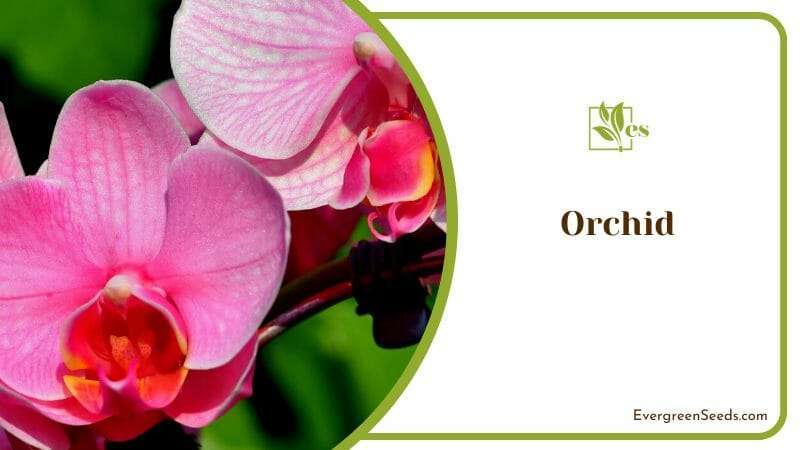
These wonderful plants symbolize power, beauty, and love in most cultures. Some cultures also associate orchids with magical properties due to their resilience and exotic appeal, even in the most challenging environments.
8. Frangipani
These magnificent trees produce the most beautiful flowers in Asia. Also known as plumeria, frangipani flowers can range from pure white to the most colorful variations. The frangipani has varying fragrances to go along with its differing flower colorations. Some frangipani flowers have a sweet amber scent while others have citrusy notes.
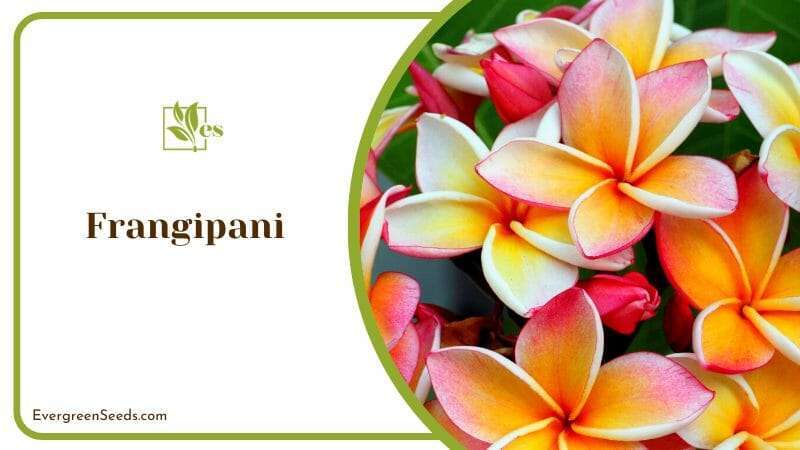
Frangipani flowers have strong ties to spiritual beauty, intelligence, and wisdom. This is why many Asian households have them in their gardens to bring in protection and blessings from the heavens. You can easily grow this amazing tree as long as you provide it with constant warm temperatures.
9. Chrysanthemum
Chrysanthemums are known in Japan as the imperial flower and usually symbolize royalty, these flowers originate from China, as noted by the National Chrysanthemum Society. Traditionally in golden yellow hues, this majestic flower now comes in various shades, tones, and hues.
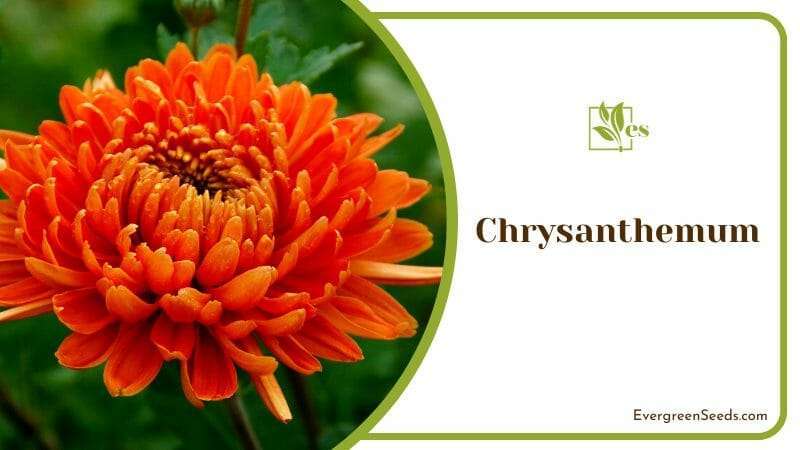
Chrysanthemum flowers have been traditionally made into teas even to this very day. The flowers have a slight musk smell and last for a long time, especially when displayed as ornamental cut flowers. For many Asian cultures, chrysanthemum flowers are usually displayed as floral offerings in ancestral altars.
10. Dillenia
Curious flowers with large yellow petals adorn the Dillenia tree, which is also called Simpor in Brunei. The tree has beautiful large green leaves that perfectly bring out the colors of the flowers during the blooming season. This flower is commonly found growing near rivers, swamps, and even in sandy areas.
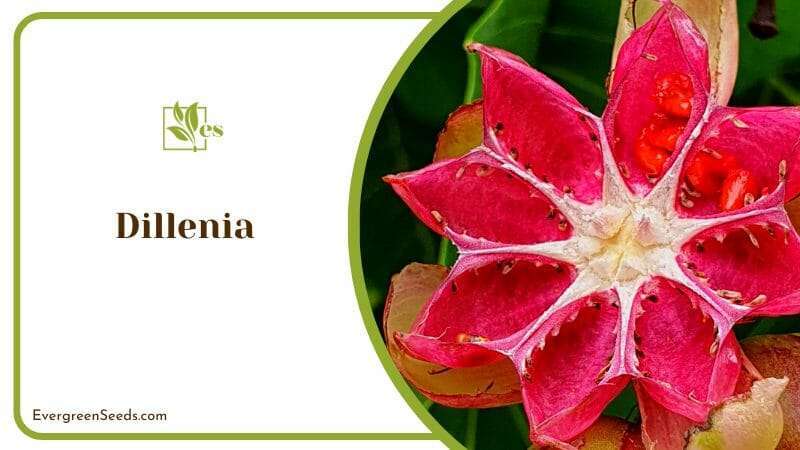
This tree is beloved by the people of Brunei so much that the flower is used in art designs in traditional homemade handicrafts. The flower also forms part of the monetary notes in this bustling southeast Asian country.
11. Romdul
Mitrella Mesnyi is the scientific name for this tree with the most intriguing flower. The Romdul, as it is called in Cambodia, produces a small, pale yellow flower that has an alternate leaf. Aside from its unique appearance, the Romdul flower emits a very distinctive fragrance that becomes stronger during the evening.
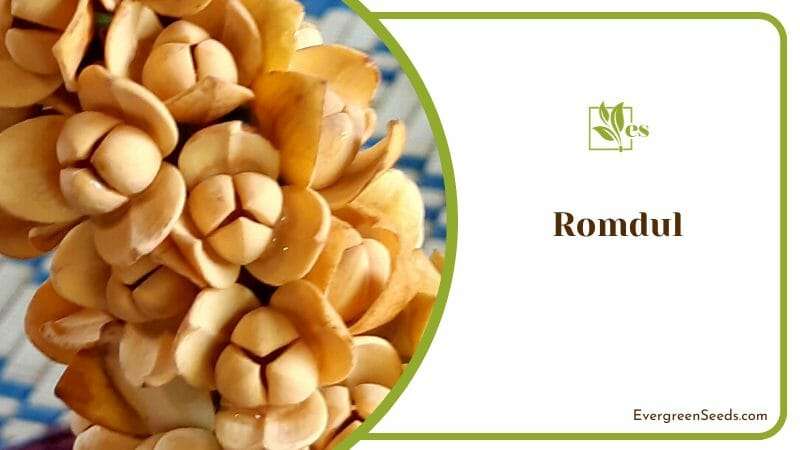
Due to this intoxicating scent, it became standard for most people in ancient times to compliment Cambodian women with the Romdul flower. You can easily find the Romdul tree in most gardens, but they are usually found in public parks so that their perfumed petals can be experienced by the public.
12. Hibiscus
This tropical beauty can be found anywhere in the world where warmth and sunshine are abundant. One of the showiest flowers in Asia is rich in its colors, as the hibiscus comes in single or double blooms. The colors of the blooms may range from single shades to a riot of variegated petal colorations, they are richly found in a big number of places.
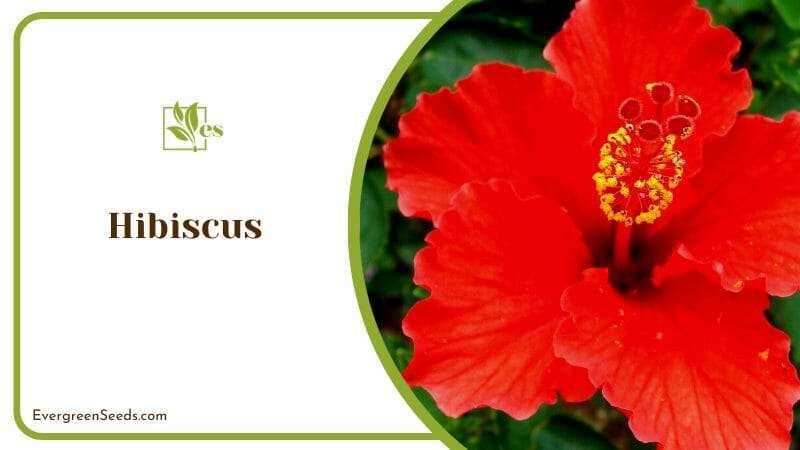
In Malaysia particularly, the Hibiscus Rosa-Sinensis has become the symbol of the country due to its flowers that come in deep and vibrant shades of red. As found almost all throughout the country, hibiscus has become inculcated into Malaysian life for its medicinal and cosmetic purposes.
13. Arabian Jasmine
Jasmine is beloved all throughout the gardening world, whether in temperate regions or in tropical zones. In Asia, jasmine has always been the darling of every garden due to its ease of care and incredible fragrance. The fragrance can be so strong that you will most likely smell it before you see it!
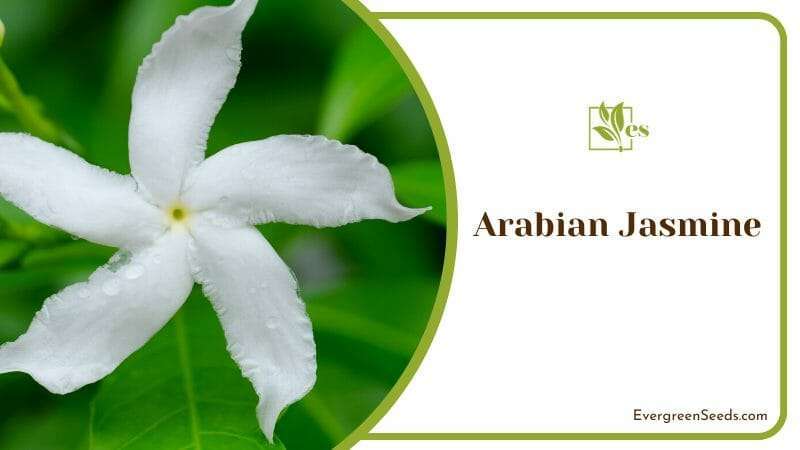
These jasmine flowers symbolize purity, gentleness, and motherly love. The white, star-shaped flowers can be seen all throughout the year, although each blossom lasts only through the night. The flowers are combined with green tea leaves to make jasmine tea.
14. Azalea
In China, the azalea is popular because it is featured heavily in many poems due to its delicate beauty and vibrant colors. However, one should be careful in handling azalea plants since all parts of this beautiful shrub are poisonous to pets and people.
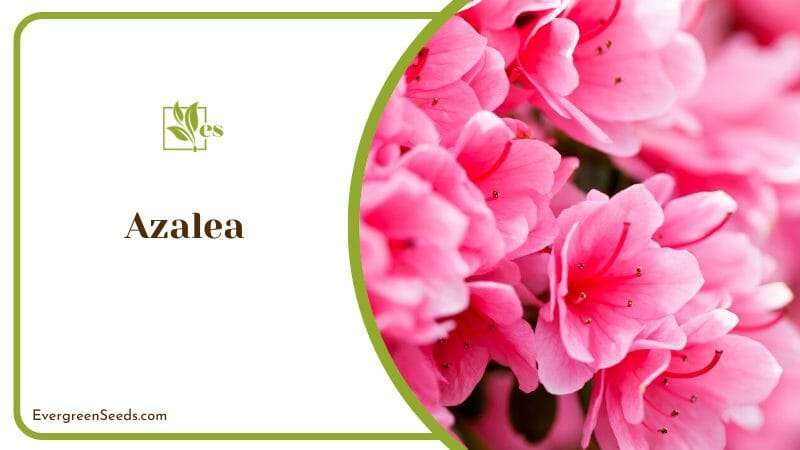
Azaleas are so famous for their deadly beauty that at one time, receiving a bouquet of azalea flowers was thought to be a death threat to the recipient. However, this plant also symbolizes prosperity, good fortune, and happiness in certain regions due to its frequent flowering.
15. Osmanthus
Osmanthus has several varieties, which can range from shrubs to trees in terms of growth habits, as it is also called the devilwood flower. However, they share one common feature, which is their fragrant sprays of small flowers. These flowers are usually so admired that they are written into ancient Chinese poems and stories, and even made into wine.
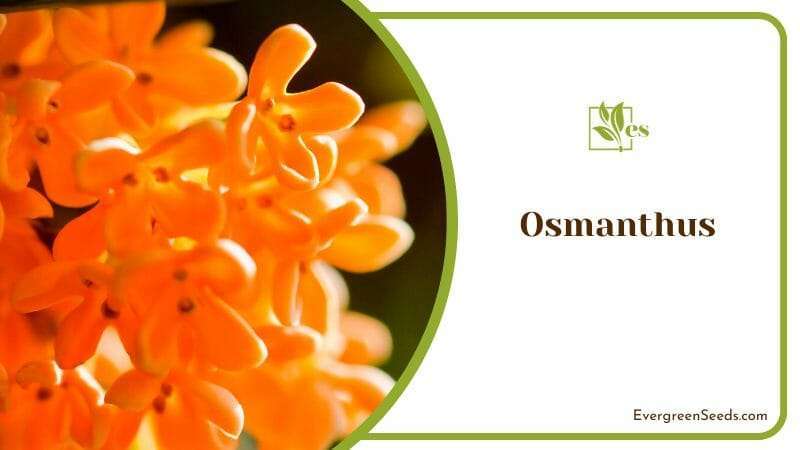
The osmanthus flowers are usually associated with the moon, stemming from the belief that this magical tree was cultivated by a mythological being on the moon. Osmanthus is also made into tea, which is thought in traditional Chinese medicine to help the liver and kidneys maintain their health.
16. Cassia Fistula Linn
The Cassia Fistula is an ornamental plant that grows in the tropical and even sub-tropical regions of Asia. It is known for its beautiful blooms that rise up in the dry and warm seasons of the year. In order to thrive, it needs to absorb the full sun and grow in well-drained soil.
The people of Thailand regard the colors of the Cassia fistula linn flowers as the symbol of glory and the ascetic principles of Buddhism.
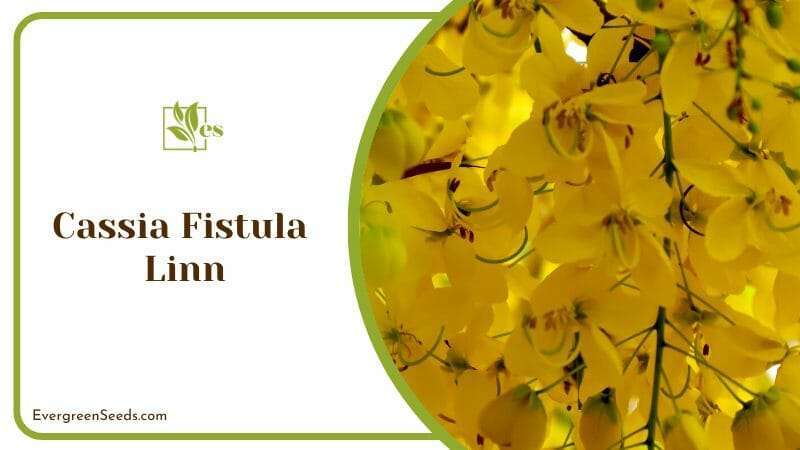
This may be due to the tree’s habit of shedding its leaves once it starts to flower and leaving only the bright yellow flowers as its adornment.
This could be easily associated with leaving all material possessions behind to concentrate on the golden path of spiritual growth. Cassia fistula linn is usually found growing abundantly along Thailand’s roadsides.
17. Titan Arum
It may sound impressive, but when it blooms, you need to stay away or at least cover your nose. Titan arum, or corpse flower, has a very full odor that smells like a decomposing animal. The purpose of this pungent and putrid smell is to attract pollinators that normally feed on rotting flesh or lay their eggs on decaying meat.
The enormous Titan arum plant is native to the warm humid rainforests of Sumatra, but it is quickly becoming endangered due to land degradation and deforestation.
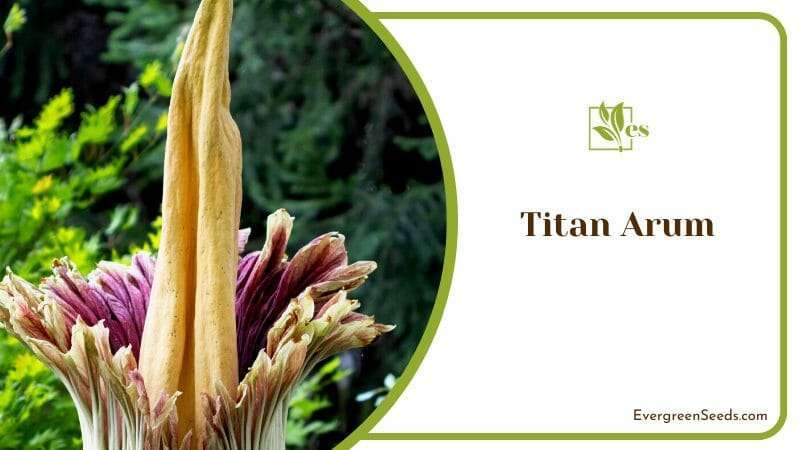
Surprisingly, efforts have been made to keep this plant thriving, with many plant collectors all over the world helping to propagate it.
Titan arum can be a status symbol due to its size and smell, hence greenhouses and conservation facilities all over the world are trying their best to propagate this magnificent but stinky plant.
18. Kousa Dogwood
In Korea, the Kousa dogwood tree is often planted as an ornamental because it flowers abundantly. The leaves are simple and quickly overtaken by the flowers once the tree starts to bloom, which is around late spring. At times, you can find it associated with resilience and beauty amidst challenging times.

The Kousa dogwood tree produces small, bright red berries right after the flowering season. These red berries can be picked and eaten because they have a pleasant sweet taste. In addition, berries are used as ingredients for Korean winemaking.
19. Pitcher Plant
Pitcher plants come from Asia and are particularly abundant in Borneo. The pitchers of the pitcher plant are actually modified leaves that have evolved to attract and trap prey as food. Surprisingly, pitcher plants have flowers that are equally intriguing. While the pitchers serve to take in food, the flowers of the pitcher plant attract pollinators, such as bees.

The flowers usually appear around April and May, displaying petals of varying colors from white, yellow, red, burgundy, or purple. Note that once pollinated, these flowers develop seed capsules that eventually scatter the seeds for germination.
20. Japanese Toad Lily
There are about 10 species that belong to the Tricyrtis genus, more commonly known as the toad lily. Once exclusive to Asia, toad lilies have now become increasingly popular all over the world. The petals of the toad lily are very distinctive because they are covered with purple spots. The color of the petals can vary, but most of the time, they are white or yellow.
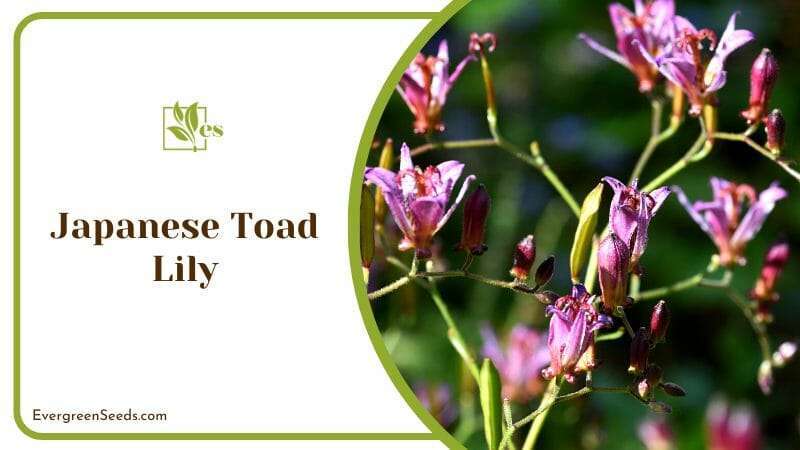
The toad lily is highly regarded for its resilience to sudden changes in the weather. This ability to withstand unforeseen changes has made the toad lily a symbol of strength and flexibility for many. When grown in moist soil, the toad lily will produce amazing blooms from summer through fall.
21. Torch Ginger
Torch ginger is just one of the many names for this plant. Its scientific name is Etlingera elatior, but it is also known as torch lily, ginger flower, porcelain rose, wild ginger, or Philippine wax flower.
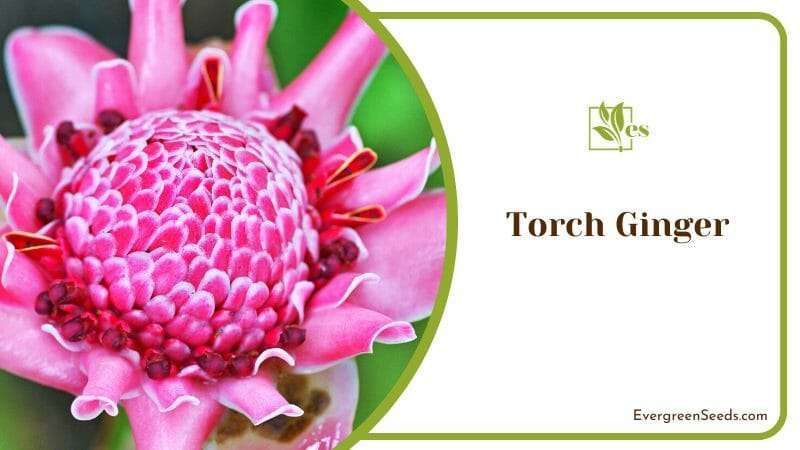
The leathery flowers of this tropical plant can be red, pink, or purple in color. Most Asian gardens have the torch ginger because it can be used as both an ornamental and edible plant.
Sumatrans use the plant’s flower buds as ingredients in various dishes, whereas Thais add parts of the torch ginger in salads. Ripe seed pods are also used to season fish dishes while the stems are chopped into soups and curries.
22. Water Lily
The water lily needs to absorb the full sun in order to thrive and bloom, it should grow in the zones of 4-10 USDA. However, each blossom or flower would not last more than five days long.
In Bangladesh, the water lily symbolizes purity, strength, and spirituality. As its national flower, the water lily is planted in many public parks and residential ponds.
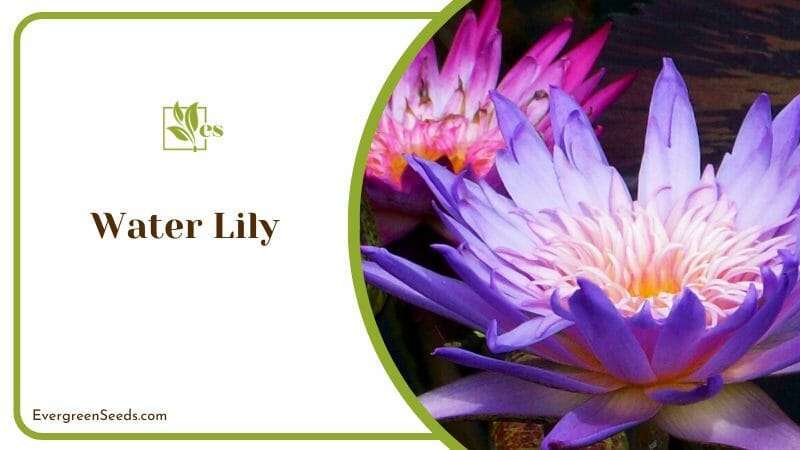
The water lily is not limited to Bangladesh, as variations of the plant are taken as symbols and state flowers in Sri Lanka and India.
Water lilies symbolize enlightenment in Buddhist cultures because the plant takes root in muddy water but flowers away from it. As a result, Buddhists that are all over the world associate the water lily with spiritual knowledge and wisdom that allow their beings to come closer to enlightenment.
23. Himalayan Blue Poppy
The people of Bhutan consider the Himalayan Blue Poppy as their national flower. It is still being studied by botanists because this particular variety is very hard to propagate and cultivate. As a result, most gardeners consider this plant a rare specimen.
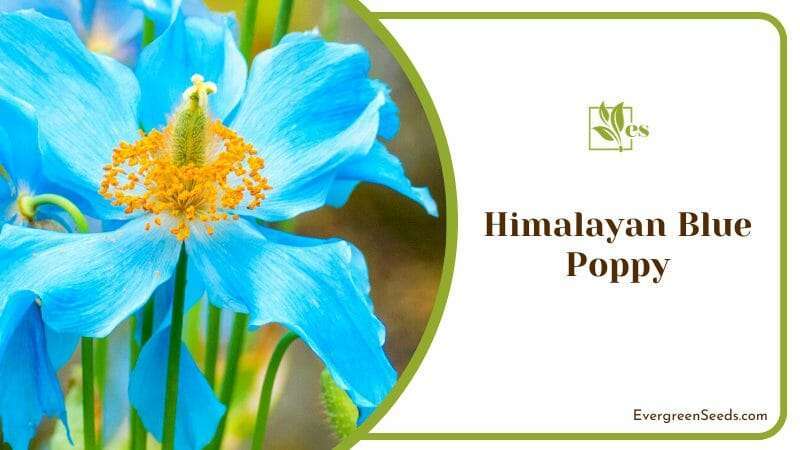
Fresh seed is key to cultivating the Himalayan Blue Poppy, which is something that makes commercial cultivation difficult. However, once successfully grown, it produces its blue flowers during late spring, although the flowering season only lasts for a few short weeks.
24. Rafflesia
This strange genus has around 28 species, but all of them are parasitic flowering plants. Rafflesia can be found in the warm, humid rainforests of Thailand, Sumatra, Borneo, Malaysia, Indonesia, and the Philippines. This plant is unique and much further from others because it does not possess normal stem and leaf structures.
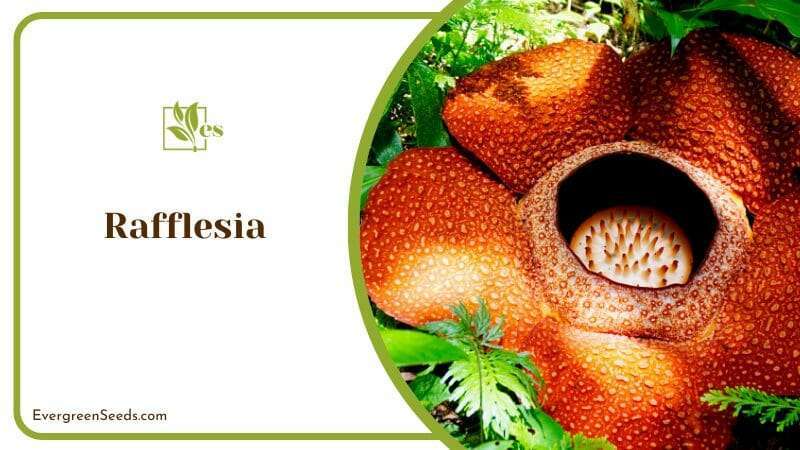
Instead, it has a host vine that produces a flower with five petals. However, the flower does not emit a pleasant scent. Instead, the smell is similar to rotting meat. Note that this is why Rafflesia has the common name of corpse flower or meat flower. Curiously, it is the state flower of Surat Thani Province in Thailand and Sabah in Malaysia.
25. Black Iris
Originating from Myanmar and China, Jordan’s national flower is known for its mysterious dark coloring. The black iris starts out as a reddish violet before turning darker into almost a midnight black color. Due to its unusual coloration, gardeners from all over the world have cultivated varieties of this intriguing plant.
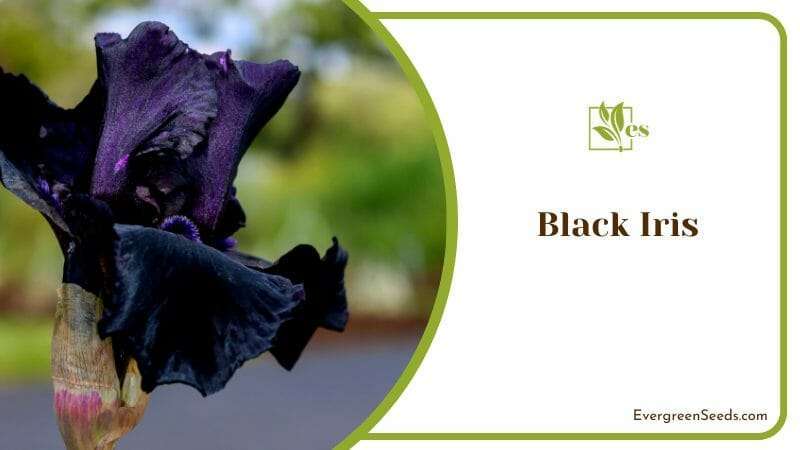
Despite its color, the black iris produces a very sweet fragrance that captivates the olfactory senses during June and July. In order to grow this plant successfully, gardeners need to place the black iris under full sun with moist soil.
26. Cyclamen
This delightful plant belongs to the Primrose family and grows well in Iran. There are around 23 cyclamen species, with most of them being popular houseplants. These tuberous plants display attractive flowers in white, pink, or purple hues.
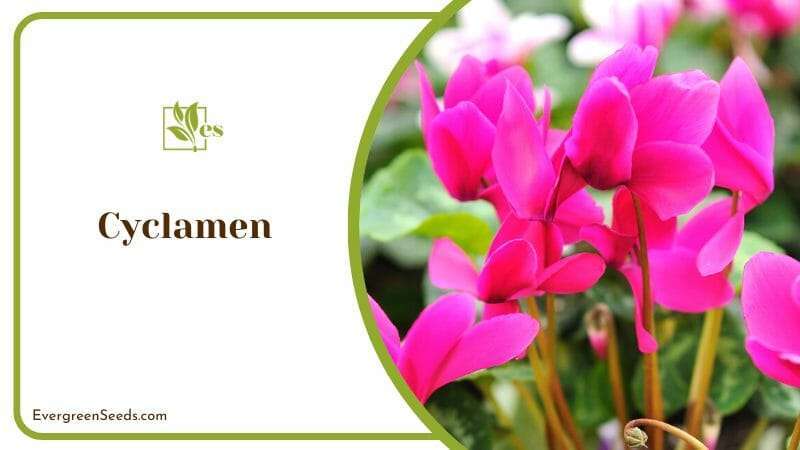
Cyclamen plants are sometimes commonly referred to as sowbread because pigs tend to eat them. Typically, leaves are produced in the autumn, but flowers can bloom at any time of the year. You can even grow them as indoor plants as long as you give them the right growing conditions.
27. Tulip
When it comes to tulips, we immediately think of the Netherlands because the country is the biggest tulip producer. However, the tulip originates from Asia and is the national flower of Iran and Afghanistan. The tulip is so influential that it has been linked to economic downfalls in the past.
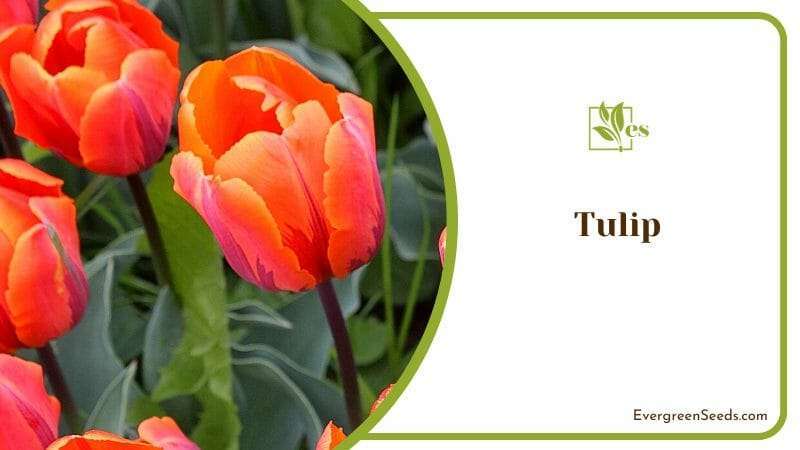
Tulips are present in a variety of sizes and colors, except for blue. While most tulip stalks produce one flower, but sometimes, exceptions exist.
28. Magnolia
The magnolia blossom is the national flower of North Korea. Magnolia is found all throughout Asia and was only given the name after a French botanist, Pierre Magnol. The magnolia tree produces its tough flowers during late spring or early summer.
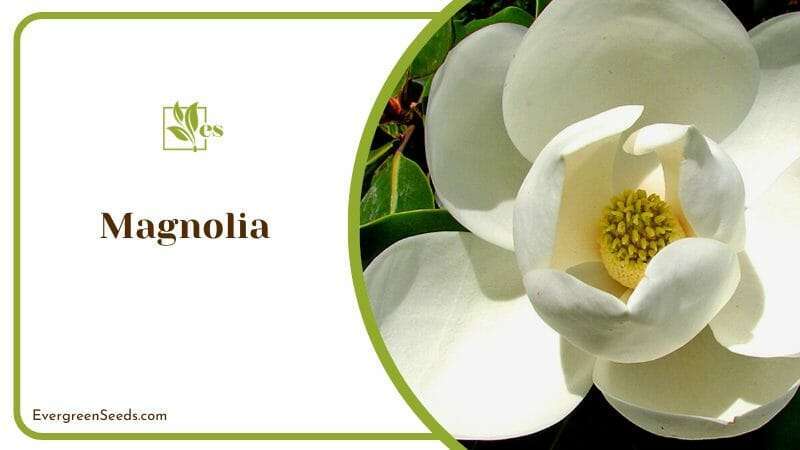
The strong fragrance of the magnolia flower is highly desired in many gardens. Additionally, parts of the magnolia tree have been used in traditional Chinese medicine, whereas its trunk has been used as timber. These are some of the reasons why magnolia is deemed as one of the more popular Asian flowers in East Asia.
29. Padauk
The Padauk tree produces clusters of small golden yellow flowers that give off a sweet fragrant scent during April. The tree, Pterocarpus indicus, is prized for its wood aside from its flowers. However, it is the flowers that draw the eye, since they bloom usually during the Myanmar New Year festival.

Burma considers the Padauk blossom as its national flower as well, as it also coincides with the Burmese New Year in mid-April. The tree’s flowering season is incredible because it seemingly sheds off its leaves overnight, leaving the tree crowned in golden flowers.
30. Chamomile
Most people consider chamomile a Western plant, but it is also native to many parts of Asia. Russia, with parts of it in Europe and Asia, calls the chamomile plant its national flower. The small daisy-like flowers are known for their soothing anti-inflammatory properties.

As a result, chamomile tea is very popular in many cultures. Aside from teas, chamomile essential oil is used regularly in many medicinal, cosmetic, and therapeutic remedies. You can even grow this delightfully charming ground cover in your garden because it is incredibly easy to cultivate.












